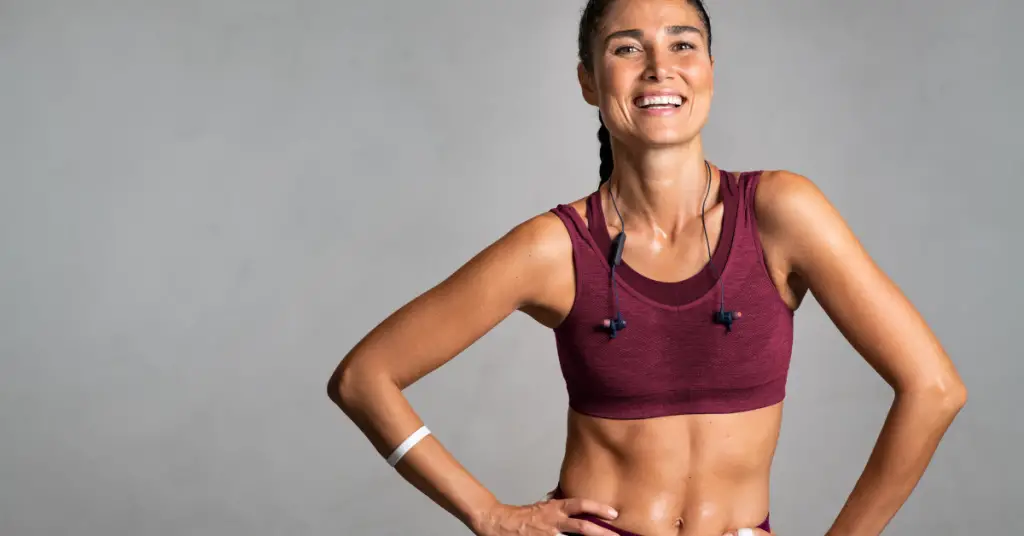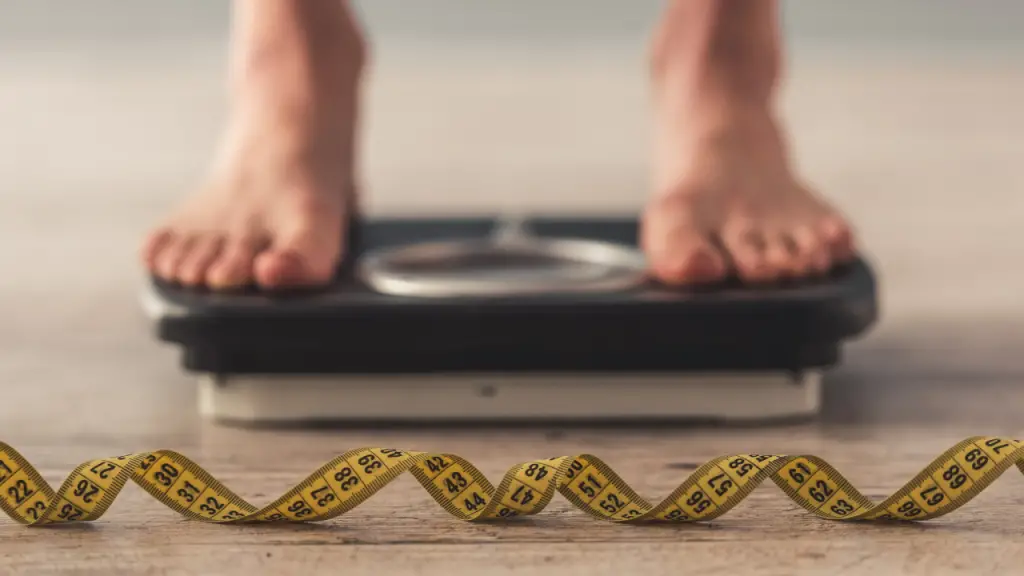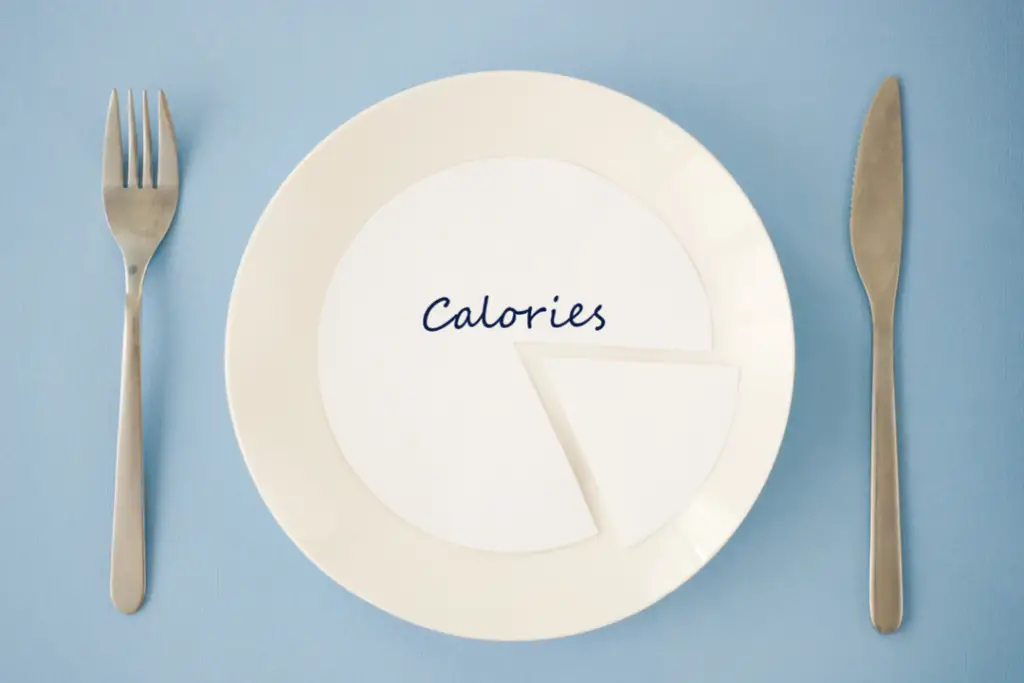Wondering what is the best way to get in shape after 40? This post is for you! We will start by looking at the foundations for getting from flabby to fit after 40. Then, I will give you some specific exercise recommendations.
How to Start Getting Fit After 40
Reaching 40 is often accompanied by a desire to prioritize health and fitness. This transition period can be particularly challenging for women due to hormonal changes and a busy lifestyle. However, starting a fitness journey after 40 is possible and can lead to numerous physical and mental benefits. By adopting a well-rounded approach that includes exercise, nutrition, and self-care, women can embark on a path to improved fitness and well-being. Let’s explore practical tips and strategies to help women over 40 start their fitness journey and achieve their health goals.
- Practice intermittent fasting: It is common for women over 40 to be insulin resistant. If you want to eat when you are not hungry, cave sugar even after large meals. feel fatigued in the afternoon; you likely have some insulin resistance. Picking the right intermittent fasting window will help regulate your insulin levels. Read more in How Fasting for 20 Hours Benefits You.
- Set Realistic Goals: Setting realistic and achievable goals is crucial when starting a fitness journey after 40. Avoid comparing yourself to others or striving for an unrealistic body image. Instead, focus on becoming healthier, stronger, and more energetic. Consider setting goals for increasing cardiovascular endurance, strength training, flexibility, or weight management. These goals should be specific, measurable, attainable, relevant, and time-bound (SMART).
- Prioritize Exercise: Exercise improves heart health, boosts metabolism, and burns calories. Engage in brisk walking, jogging, cycling, swimming, or dancing. Start with moderate-intensity workouts and gradually increase the duration and intensity. Aim for at least 150 minutes of cardiovascular exercise per week, spread out over several sessions.
- Embrace Strength Training: Strength training is essential for maintaining muscle mass, improving bone density, and increasing overall strength. Incorporate resistance exercises using free weights, resistance bands, or weight machines. Focus on all major muscle groups, including the arms, legs, core, and back. Begin with lighter weights and gradually increase the resistance as your strength improves. Aim for two to three strength training sessions per week, allowing for rest days in between. I personally use yoga for strength training and have seen considerable improvements in my body composition, even compared to lifting dumbbells (see my 1-Year Yoga Transformation: Before and After Pictures).
- Include Flexibility and Balance Exercises: As women age, flexibility and balance become increasingly crucial for injury prevention and maintaining mobility. Engage in yoga, Pilates, or tai chi to improve flexibility, balance, and posture. These exercises can also help alleviate stress and promote relaxation.
- Pay Attention to Nutrition: A well-balanced and nutritious diet is crucial for overall health and weight management. Focus on consuming whole, unprocessed foods, including fruits, vegetables, lean proteins, whole grains, and healthy fats. Avoid or limit sugary snacks, processed foods, and excess salt. Stay hydrated by drinking an adequate amount of water throughout the day. Consult a registered dietitian to create a personalized meal plan that suits your nutritional needs if necessary. Read Intermittent Fasting Food List: Yes and No Foods for Weight Loss Success for more nutrition help.
- Prioritize Recovery and Rest: Recovery and rest are often overlooked aspects of a fitness journey. As women over 40, listening to your body and allowing for adequate recovery between workouts is essential. Aim for seven to eight hours of quality sleep each night to support optimal muscle repair, hormone regulation, and overall well-being. Additionally, consider incorporating relaxation techniques such as meditation, deep breathing exercises, or gentle stretching to reduce stress and promote recovery.
- Seek Social Support: Embarking on a fitness journey can be more enjoyable and sustainable with the support of like-minded individuals. Join fitness classes, recreational sports leagues, or online communities for women over 40. Surrounding yourself with a supportive network can provide motivation, accountability, and valuable advice.
Getting in shape is not just about how to get a bikini body after 40, but it can be a crucial motivator for many women. Each of us will find our intrinsic motivation in different ways (I wrote the article How to Stay Motivated When Losing Weight to help women understand how to stay consistent. Another obvious motivator is loving to exercise. That’s what this next and last section is about. Have you found a type of exercise you enjoy that yields results yet? If not, keep reading.

Best Way to Get in Shape After 40: My Favorite Exercises
You can try various exercises to get in shape after 40. If you love sports, fantastic! As for me, I was never very athletic. For years, I did High-Intensity Interval Training and lifting dumbbells with home workouts because I thought those were the most time-efficient workouts. I didn’t like it, though, and it was just something I had to check off my to-do list. But guess what? You don’t need to endure your workouts. You can love them and look forward to them! Here are my top exercises you may want to consider if you haven’t found something that makes you happy yet.
1. Yoga
I was formerly a NASM personal trainer. I started doing yoga to get flexible and do the splits. When I became fitter with yoga than I was doing HIIT and lifting dumbbells, I got my 500-hour yoga instructor certification.
Before, I thought yoga was “boring.” I thought it was just breathing and meditation while moving into easy poses like standing or squatting. What I discovered is that yoga drills increase your strength, balance, and flexibility, and they transform my body! I loved how I was now working out to be able to do specific yoga poses like the wheel, the splits, the crow pose, and even the headstand. It’s like there is always something new to learn!
Aside from getting in shape, here are some benefits you can expect from yoga:
- Yoga improves your mental health: Numerous studies have shown that yoga can help reduce stress, anxiety, and depression. In a systematic review of 35 trials involving 3,000 participants, researchers found that practicing yoga improved symptoms of anxiety and depression. A National Institutes of Health study found that practicing yoga for just 20 minutes can improve cognitive function and reduce anxiety.
- Yoga improves your strength, flexibility, and balance: Yoga is well-known for its ability to increase flexibility and balance. A study published in the Journal of Alternative and Complementary Medicine found that practicing yoga for eight weeks improved balance and flexibility in older adults.
- Yoga reduces chronic pain: Yoga is an effective complementary therapy for chronic pain conditions such as lower back pain, osteoarthritis, and fibromyalgia. A meta-analysis of 20 randomized controlled trials found that practicing yoga can significantly reduce pain intensity and disability.
- Yoga improves cardiovascular health: Several studies have shown that practicing yoga can improve cardiovascular health. A review of 37 randomized controlled trials found that yoga can reduce blood pressure, lower cholesterol levels, and improve cardiovascular health. Additionally, a study published in the European Journal of Preventive Cardiology found that practicing yoga was associated with a reduced risk of cardiovascular disease.
Want more studies about the benefits of yoga? You will enjoy this article. Want to get started with yoga? Join my 5-Day Yoga Habit Challenge.
2. Weight Lifting
Weightlifting is another excellent exercise for women over 40. The only issue for me is that I don’t particularly enjoy it. The goal of lifting heavier doesn’t motivate me as much as getting through some yoga flows or achieving specific yoga poses. However, weightlifting will be transformative for many women, and they will find it the best way to get in shape after 40.
Weightlifting can indeed be one of the best ways to get in shape after the age of 40 for several reasons:
- Increased Muscle Mass: As we age, we naturally lose muscle mass, a condition known as sarcopenia. Weightlifting helps counteract this process by stimulating muscle growth and promoting the development of lean muscle mass. Increased muscle mass enhances physical strength and boosts metabolism, making maintaining a healthy body weight easier.
- Improved Bone Density: Another common issue with aging is the gradual loss of bone density, leading to a higher risk of osteoporosis and fractures. Weightlifting, mainly exercises that load the bones, such as squats and deadlifts, can help increase bone mineral density and strengthen the skeletal system. This, in turn, reduces the likelihood of fractures and improves overall bone health.
- Enhanced Joint Stability: Weightlifting involves controlled movements that target specific muscle groups and supporting structures, including tendons, ligaments, and joints. Strengthening these areas helps improve joint stability and reduces the risk of injury. Weightlifting can alleviate joint pain and improve overall joint function by focusing on proper form and gradually increasing resistance.
- Increased Metabolic Rate: As we age, our metabolism tends to slow down, making it more challenging to maintain a healthy weight. Weightlifting activates a more significant number of muscle fibers, leading to an increase in metabolic rate. This means that even at rest, individuals who engage in regular weightlifting burn more calories than those who don’t, making weight management easier.
- Improved Functional Strength: Weightlifting exercises involve multi-joint movements and mimic daily activities, such as lifting groceries or climbing stairs. By targeting multiple muscle groups simultaneously, weightlifting improves overall functional strength, making everyday tasks easier and reducing the risk of age-related functional decline.
- Hormonal Benefits: Weightlifting has been shown to positively impact hormone levels, particularly in older individuals. Regular weightlifting can increase the production of growth hormone and testosterone, which play vital roles in muscle development, energy levels, and overall well-being. These hormonal changes can enhance muscle growth, improve mood, and increase vitality.
- Mental Health Benefits: Physical exercise, including weightlifting, is known to have significant mental health benefits. It can reduce symptoms of stress, anxiety, and depression, which are common issues affecting individuals as they age. Weightlifting provides a sense of accomplishment, boosts self-esteem, and releases endorphins, improving mental well-being.
However, it is essential to approach weightlifting cautiously and consult a healthcare professional before starting any new exercise program, especially if you have pre-existing health conditions. A qualified trainer can help design a suitable program considering individual goals, physical capabilities, and specific concerns.

3. Cycling
Cycling can be an effective way to get in shape after the age of 40 for several reasons:
- Low-Impact Exercise: Cycling is a low-impact exercise that puts minimal joint stress. It is an excellent choice for individuals with joint issues or wanting to avoid high-impact activities. This makes cycling a suitable option for older adults who may have joint pain or conditions like arthritis.
- Cardiovascular Fitness: Cycling is a cardiovascular exercise that increases heart rate, improves lung function, and strengthens the cardiovascular system. Regular cycling can improve cardiovascular fitness, lower the risk of heart disease, and enhance endurance and stamina.
- Weight Management: Cycling is an effective calorie-burning activity that can aid in weight management. It helps burn calories, particularly when cycling moderately to high intensity. Consistent cycling combined with a healthy diet can contribute to maintaining a healthy weight or promoting weight loss.
- Muscle Strength and Tone: Cycling primarily targets the lower body muscles, including the quadriceps, hamstrings, glutes, and calves. Regular cycling can help strengthen and tone these muscle groups, improving lower body strength and stability. Additionally, cycling also engages the core muscles, helping to enhance overall body strength.
- Joint Mobility and Flexibility: Cycling involves repetitive motion that helps improve joint mobility and flexibility, particularly in the hips, knees, and ankles. Pedaling helps increase the range of motion, reduce stiffness, and promote joint health.
- Mental Well-being: Like any exercise, cycling positively affects mental health. It can reduce stress, anxiety, and symptoms of depression. Cycling outdoors also provides an opportunity to connect with nature, enjoy fresh air, and experience the therapeutic benefits of being in the great outdoors.
- Social Engagement: Cycling can be a social activity, offering opportunities to join group rides or cycling clubs. Cycling with others can provide motivation, accountability, and a sense of community. It can make exercise more enjoyable and increase adherence to a regular fitness routine.
I love how cycling improves your cardiovascular endurance while building beautiful legs! I typically use a stationary bike and select a higher resistance to focus on muscle strength. Of course, going outdoors and biking with friends would be incredible too! Particularly for your mental well-being.

Are There Exercises That You Should Avoid Over 40?
If you search online to ensure you don’t exercise in a way that is detrimental over 40, you will probably find something like this:
While exercise is important for maintaining overall health and fitness, some exercises may not be appropriate for individuals over 40. Here are four exercises to avoid or modify as you get older:
- High-Impact Cardio: High-impact exercises, such as running and jumping, can place significant stress on the joints and increase the risk of injury. Over time, this can lead to joint pain and other issues. Instead, consider low-impact cardio options, such as cycling, swimming, or walking, to improve cardiovascular fitness without putting unnecessary stress on the joints.
- Heavy Lifting: Heavy weightlifting can also significantly strain the joints and increase the risk of injury. Instead, consider using lighter weights with higher reps or incorporating resistance bands or bodyweight exercises to build strength and muscle mass.
- Abdominal Crunches: Traditional abdominal crunches involve flexing the spine, which can stress the neck and lower back, mainly if done incorrectly or excessively. Instead, consider exercises that engage the core muscles without placing excessive strain on the spine, such as planks, bird dogs, or pelvic tilts.
- Behind-the-Head Shoulder Presses: Performing shoulder presses behind the head can place excessive stress on the neck and shoulders, leading to strain or injury. Instead, modify this exercise by performing shoulder presses in front of the body, or consider alternative exercises targeting the shoulder muscles, such as lateral or front raises.
My opinion? If it works for you and you enjoy it, go ahead and do it! Don’t let other people tell you it’s wrong!

In Summary
The best way to get in shape after age 40 involves a combination of cardiovascular exercise, strength training, flexibility work, a balanced diet, proper rest and recovery, consistency, and a focus on the mind-body connection. Engage in activities like cycling, swimming, or brisk walking for cardiovascular fitness, incorporate strength training exercises to build muscle and improve bone density, prioritize flexibility and mobility exercises, follow a nutritious diet, and get enough rest. Stay consistent, listen to your body, and make gradual progress in achieving and maintaining optimal fitness.
Best Way to Get in Shape After 40 Video





